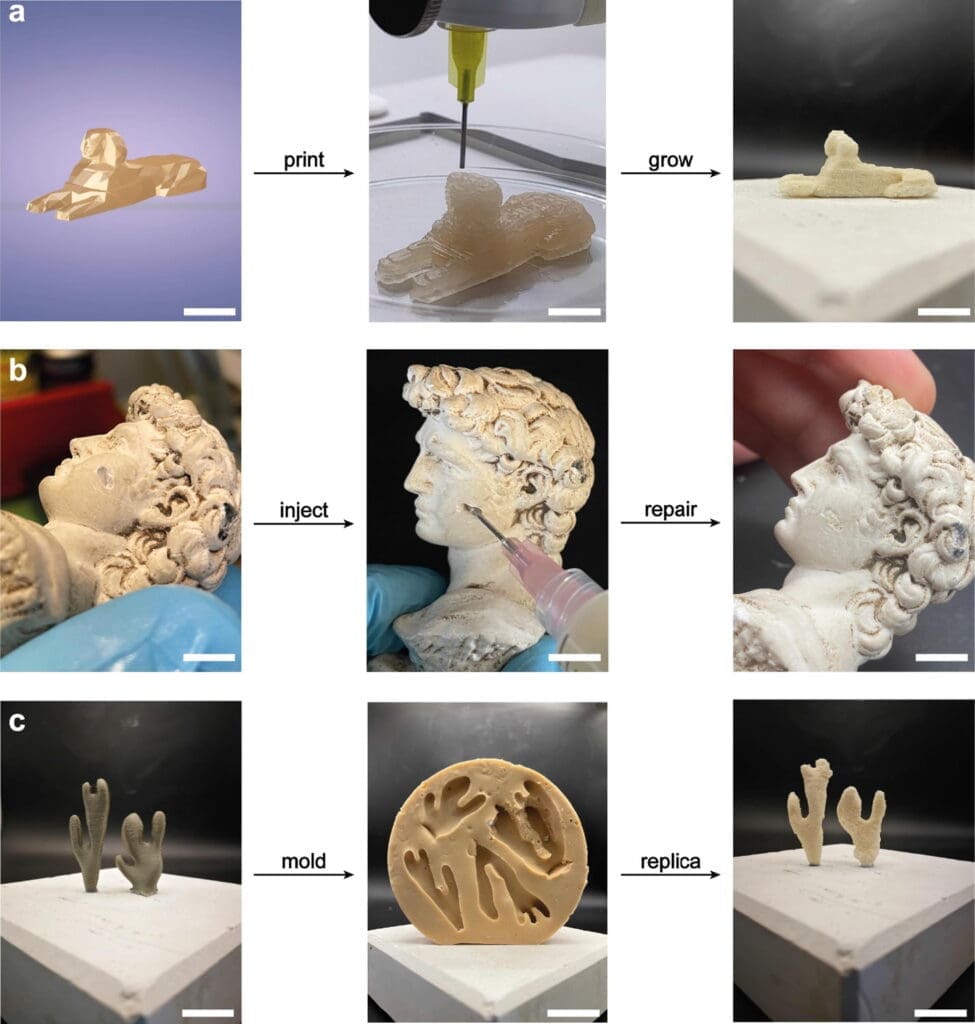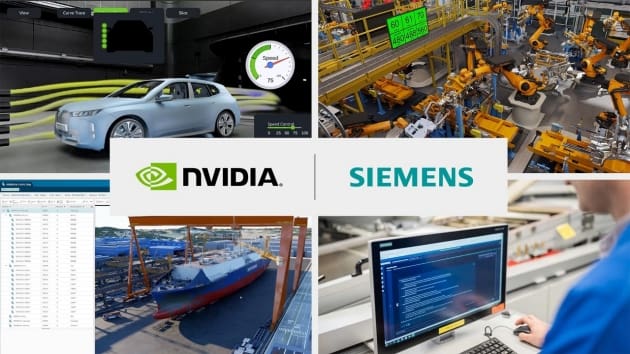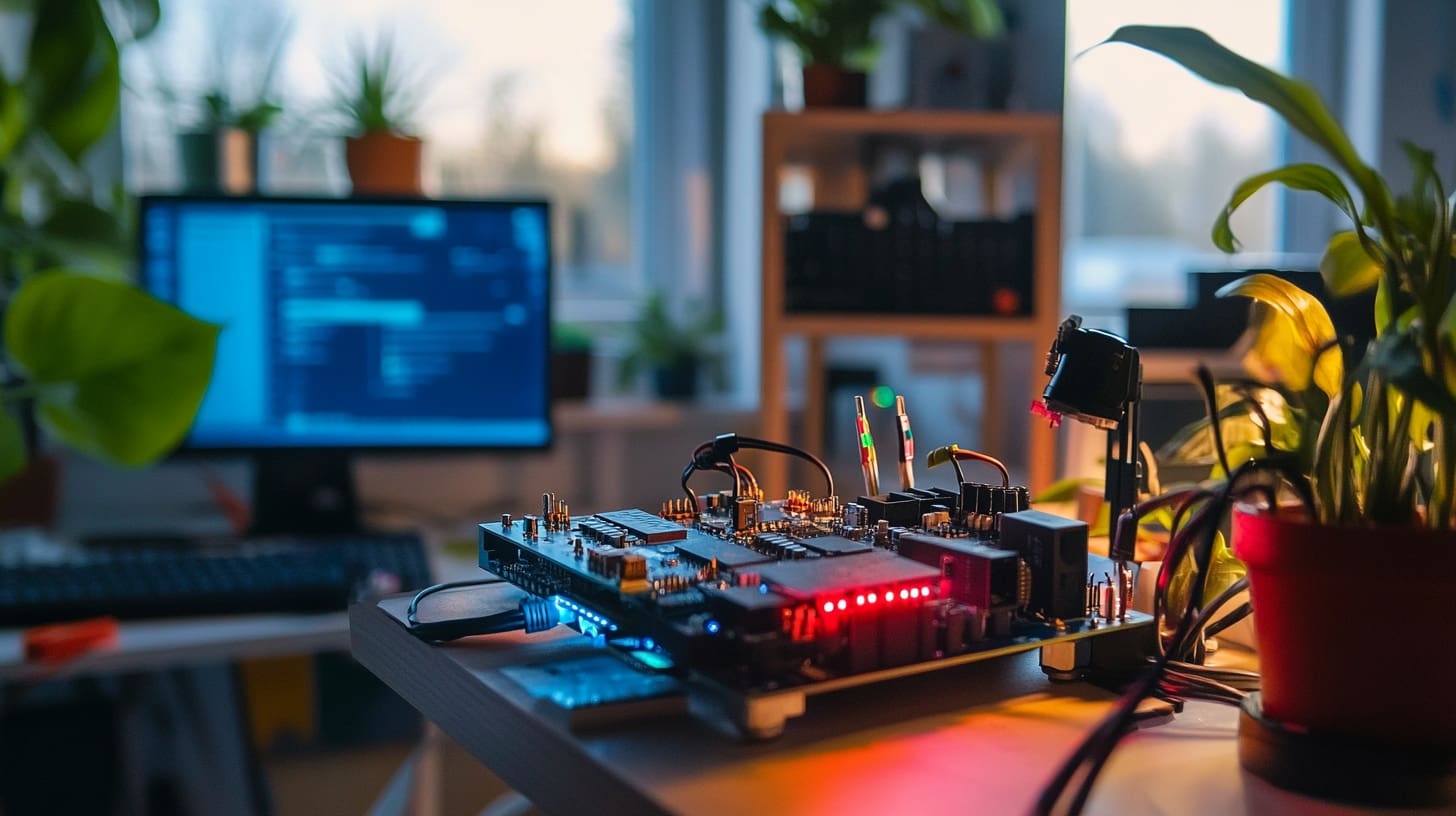Architectural restoration involves the preservation and refurbishment of historic buildings to maintain their cultural significance and structural integrity. The integration of 3D printing technology into this field is revolutionizing the way heritage structures are restored and maintained. This innovative approach allows for precise replication of architectural elements, customized material production, and minimally invasive repair techniques, all of which are crucial for preserving the original aesthetic and structural properties of historic buildings.
The Emergence of 3D Printing in Architectural Restoration
3D printing, initially utilized for prototyping in industrial design, has found a profound application in architectural restoration. This technology offers the capability to create exact replicas of complex architectural details that are often worn or damaged over time. As 3D printing technology has evolved, it has enabled restoration professionals to produce elements with materials that closely match the physical and aesthetic qualities of original structures, thereby ensuring a seamless integration with the existing fabric of heritage buildings.

Advantages of 3D Printing in Architectural Restoration
Precision and Accuracy: 3D printing provides the ability to replicate intricate details with high precision, which is essential for the restoration of heritage buildings where maintaining historical accuracy is paramount.
Material Customization: Additive manufacturing can utilize a variety of materials, including those that mimic the properties and appearance of traditional materials like stone, wood, and metals. Innovations in material science also allow for enhanced durability and environmental resistance, prolonging the life of restored elements.
Efficiency and Speed: 3D printing accelerates the restoration process by allowing for the rapid production of replacement parts. This is particularly beneficial in projects with tight timelines or where minimal disruption to the site is essential.
Cost-Effectiveness: By reducing the amount of manual labor and material waste typically associated with traditional restoration methods, 3D printing can lower the overall cost of restoration projects.
Sustainability: The ability to print on-demand reduces the need for large quantities of raw materials and minimizes waste, contributing to more sustainable restoration practices.
Key Applications of 3D Printing in Architectural Restoration
Structural Components: Elements such as cornices, moldings, and capitals that are often subject to weathering and decay can be precisely replicated and replaced, maintaining the structural integrity and aesthetic continuity of historic buildings.
Decorative Artifacts: Intricate details such as statues, bas-reliefs, and decorative stonework that are essential to a building’s historic character can be reproduced with exactness, preserving artistic heritage.
Custom Fixtures and Fittings: 3D printing allows for the production of bespoke fixtures and fittings that need to match the unique styles of historic periods, from door handles to window frames.
Damage Assessment and Repair: 3D scanning combined with printing can be used to assess damage and create parts that fit perfectly with the existing structure, facilitating effective and discreet repairs.
Archaeological Reconstruction: In archaeological sites, 3D printing can be used to reconstruct fragments of ancient structures or artifacts, providing insights into historical contexts and assisting in the preservation of fragile remains.

Challenges in 3D Printing for Architectural Restoration
Material Limitations: Finding 3D printing materials that adequately match the mechanical and aesthetic properties of historic materials is challenging and requires ongoing research and testing.
Technical Expertise: The successful application of 3D printing in restoration requires a deep understanding of both the technology and traditional restoration techniques. This interdisciplinary knowledge is essential for ensuring that interventions are appropriate and effective.
Regulatory and Ethical Considerations: Navigating the regulatory landscape governing heritage sites can be complex, particularly when introducing modern technologies like 3D printing. Ethical considerations must also be addressed to ensure that the use of such technologies does not compromise the authenticity or historical value of the structures.
Cost and Accessibility: While 3D printing can reduce costs in some areas, the initial investment in technology and training can be significant, potentially limiting its accessibility for smaller or less-funded projects.
Future Directions in 3D Printing for Architectural Restoration
The future of 3D printing in architectural restoration looks promising, with potential advancements in printer technologies, materials, and techniques expected to enhance its applications. Future innovations may include the development of new materials that are more compatible with historic substances, improved precision in printing larger structural elements, and increased collaboration between conservators, historians, and engineers.
3D printing is set to play a crucial role in the future of architectural restoration, offering a range of tools that enhance the precision, efficiency, and sustainability of restoration projects. As the technology continues to evolve, it promises to become an integral part of preserving cultural heritage, enabling professionals to safeguard the architectural legacy of historic structures for future generations while adhering to the highest standards of authenticity and integrity.








